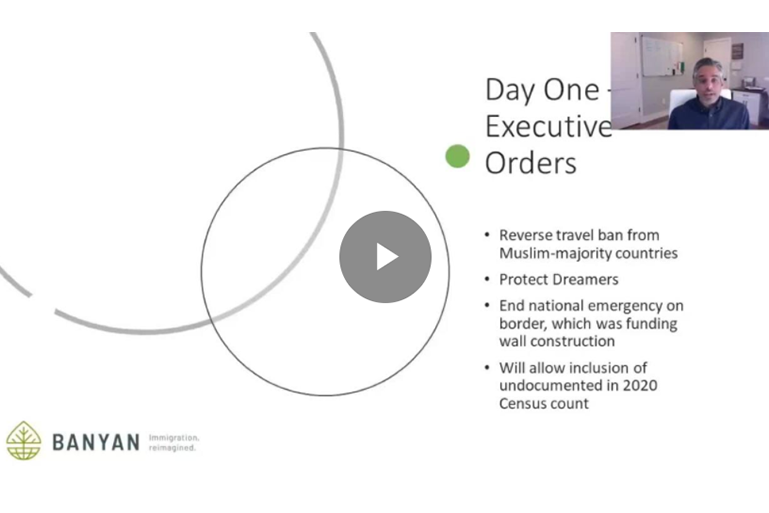Learn how digital processes helped a large technology company with efficient shareholder payments and a prompt deal closing.
Business challenge
In December 2019, a major technology company was in the midst of a $1.7 billion acquisition. To successfully complete the transaction, it needed to collect documentation from more than 600 shareholders. Having a few dozen shareholders in an acquisition transaction is standard but coordinating several hundred made the process much more complex.
The company used manual processes in previous merger and acquisition (M&A) transactions. U.S. Bank mailed paper documents to stakeholders. Once completed and returned, U.S. Bank would approve the documents by hand. The process was cumbersome and time consuming. In addition, it often involved the rejection of improperly completed documents, which could take days or even weeks to fix.
The tech company needed to transition the process from manual to digital. While this transaction was the company’s largest to date, it routinely acquired five to 10 companies a year of varying sizes. An online system could help speed up the process and reduce rejections, allowing for prompt deal closing and shareholder payment.

Our solution
The Global Corporate Trust Escrow team at U.S. Bank helped the tech company efficiently complete the $1.7 billion transaction using the new Pivot Shareholder Portal. Pivot allows shareholders of the target companies in M&A transactions to digitally sign and submit required documentation.
Streamlined processes
The portal helped streamline the tech company’s transaction in several ways:
- Documents are now completed online instead of sent through the mail, saving time and resources.
- Shareholders now receive emails instead of paper forms. They can simply click a link to access the portal at their convenience, where they can fill out the requested information and submit.
- The portal reduces the number of touch points; documentation requests are emailed directly to shareholders instead of through attorney liaisons.
- Shareholders are kept abreast of the transaction process through the portal’s dashboard instead of being left to wonder about the status.
Built-in logic checks the forms and ensures that fields are correct and complete, decreasing the number of rejections. If a field is left blank or information is incorrect, the portal will alert the shareholder to complete or correct the issue.
Convenient support
If shareholders need help, the portal also offers a convenient solution. Contact information – including an email address and call center phone number – is prominently displayed inside the portal. Shareholders can ask questions and get personalized help at any stage of the process.
Having readily available help was especially important during the tech company’s transaction due to the logistical challenges of an acquisition with a high number of shareholders.
Results
During the tech company’s large acquisition, the Pivot Shareholder Portal was still in the early stages of market adoption. The operations and development teams worked closely with the client relationship manager to prepare for the closing. They were available to shareholders during evenings and over the weekend to provide any necessary support.
While the volume of the target’s positions made the process more complex, the portal delivered strong results:
- U.S. Bank reviewed 832 letters of transmittal submitted through Pivot.
- The rejection rate of shareholder submissions was significantly lower. Using the portal, rejection rates decreased by nearly 50% compared to a manual process done through the mail.
- The rejection resolution turnaround time was decreased due to the ability to communicate through the portal.
- The portal saved a significant amount of time by allowing online communication with shareholders instead of through the mail. As a result, shareholders were paid faster.
The portal made the transaction more efficient by reducing friction and eliminating the need to mail documents to shareholders. It also greatly reduced the rejection rate of letters of transmittal due to incomplete information provided by the shareholders. Additionally, the portal added efficiencies for attorneys by decreasing the amount of time they spent communicating between the paying agent, shareholders and the deal parties.
U.S. Bank delivered a better client experience for the tech company, their shareholders and deal attorneys by leveraging the digital capabilities of the Pivot Shareholder Portal.
Read the Pivot Shareholder Portal Case Study
At U.S. Bank, we leverage new technology and digital capabilities to streamline processes and support your success. For more information on our complete corporate trust services, visit usbank.com/corporatetrust.


































































